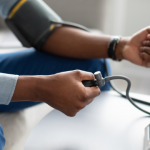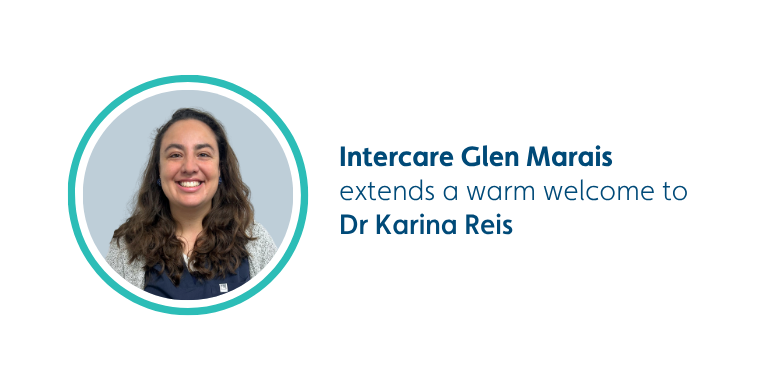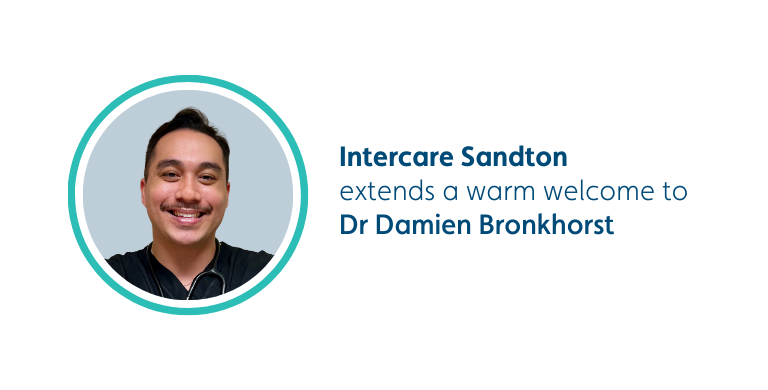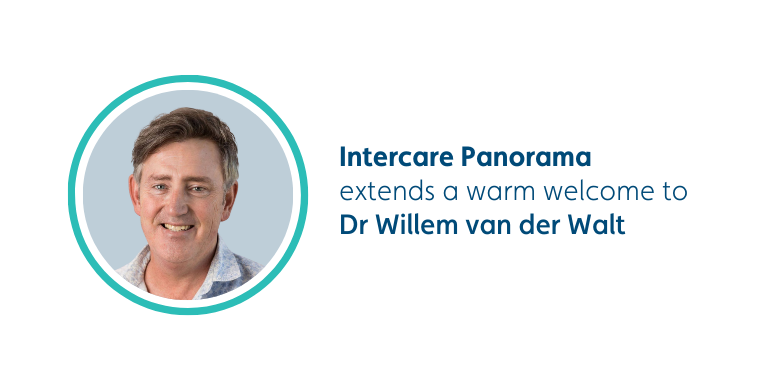Colorectal cancer is the third most common form of cancer in the Western world. It occurs when abnormal cells that have mutated from normal tissue grow in an uncontrolled way in the intestine. They can spread throughout the body, preventing vital organs from functioning properly or damaging other important body systems.
Risk factors
- Age over 50
- Colorectal polyps
- Family history of colorectal cancer
- Personal history of cancer
- Ulcerative colitis or Crohn’s disease
- Diets high in animal fat and low in calcium, folate and fibre
- Smoking
Symptoms
- Diarrhoea or constipation, especially if alternating
- Feeling that your bowel does not empty completely
- Blood in your stools
- Stools are narrower than usual
- Frequent gas pains or cramps, or feeling full or bloated
- Unexplained weight loss
- Feeling tired all the time
- Nausea or vomiting
Screening
People in their 50s and older should be screened by colonoscopy*. If your family history puts you at risk, consider screenings from age 40, or from 10 years younger than your family member was at first diagnosis.
Diagnosis
If tests show abnormality, a biopsy may be performed to check for cancer. Often the abnormal polyp can be removed during colonoscopy or sigmoidoscopy*.
Treatment options
- Surgery. In the early stages, your gastroenterologist may be able to remove polyps without cutting into the abdomen, but by inserting a slender tube through the rectum. An early polypectomy* may prevent cancer. Once cancer is diagnosed, surgery should be performed and a section of the colon is removed.
- Chemotherapy is a form of “systemic” therapy, given either in tablet form or intravenously through a drip to attack cancer cells no matter where they are. It is used as adjuvant therapy*, in an attempt to cure cancer which has spread, or as palliative therapy*.
- Radiation therapy kills cancer cells by using high-energy rays pointed at the affected area. It prevents cancer cells from continuing to grow and divide.
Nutrition and physical activity
Potential side-effects of therapy include nausea, vomiting, diarrhoea and mouth sores, but your doctor can suggest ways to deal with these problems. It’s important to eat well and stay active during and after cancer treatment. Walking, yoga, swimming and other activities can keep you strong and increase your energy. Whatever physical activity you choose, be sure to talk to your doctor before you start or if it causes you pain.
Medical dictionary
- Colonoscopy: During a colonoscopy, a flexible tube is used to view the colon to look for disorders such as polyps.
- Sigmoidoscopy: A similar viewing technique used to examine the rectum and lower part of the colon.
- Polypectomy: The removal of a polyp.
- Adjuvant therapy is given following surgery where there is no evidence of residual disease, but a risk of recurrence exists. Chemotherapy or local pelvic irradiation is given in an attempt to prevent a recurrence.
- Palliative therapy is intended to improve a patient’s quality of life where the cancer is no longer curable.












